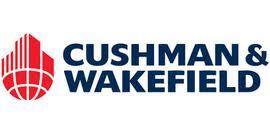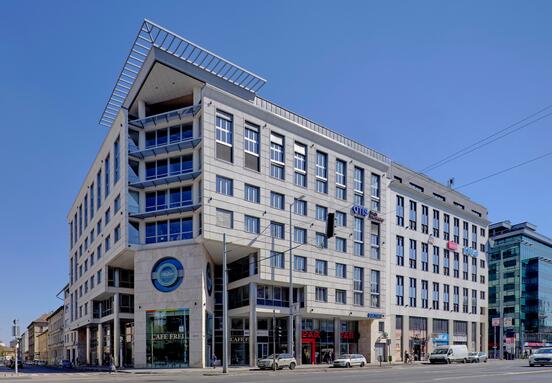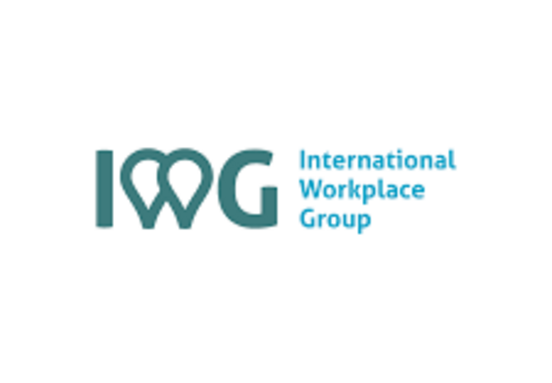The report analyses Bratislava, Budapest, Prague and Warsaw where the total combined office stock equates to nearly 12 million sq m.
Demand and supply
Warsaw remains the largest player on the CEE office market with stock equating to 4,3 million sq m, this is followed by Budapest with 3,2 million sq m, Prague in third place with close to 3 million sq m and Bratislava in fourth position with just over 1,5 million sq m of existing supply.
Newly completed supply in the region amounts to just over 410,000 sq m so far this year, which is expected to increase by another circa 170,000 sq m by the end of Q4 2014. This would mean a 33% increase compared to 2013 year end when the total completed stock equated to 436,000 sq m. The highest amount of new stock was delivered in Warsaw (253,000 sq m), then Prague (75,000 sq m), followed by Budapest (49,000 sq m) and Bratislava (32,000 sq m).
Jonathan Hallett, Managing Partner of Cushman & Wakefield’s Central European Region, said: “It is clear that the CE economies are in the throes of a sustained recovery. We are seeing take-up levels increasing in all main markets and expect this trend to continue into 2015. Moving forward we are confident of a stronger 2015 as the markets continue to attract interest form occupiers and investors alike.’’
Currently there is close to 1,1 million sq m office space under construction in the CE region, thereof some 700,000 sq.m is scheduled for delivery before the end of 2015.
Leases
According to Cushman & Wakefield leasing volumes in 2014 so far in the four Central European capitals totalled over 1,17 million sq m which is a 12.2% increase compared to the same period last year. We expect the total regional take-up to exceed 1.46 million sq m by the year end 2014.
The traditionally strongest business sectors such as ITT, financial and professional services, remained the key contributors to activity volumes across the CEE. Furthermore, demand linked to these sectors, and ITT in particular, continues to gear up with – indeed, the 2014-to-date figures suggest a remarkable 20% growth over the year.
Over the past quarter, the largest new lease in Central Europe was in Dominikanski I in Wrocław, where HP signed for 16,383 sq m. The largest re-negotiation (32,200 sq m) happened in Prague, where Česká pojišťovna renewed in their HQ building in Prague 4. The largest pre-lease transaction happened in Warsaw Fringe, where Raiffeisen Bank signed a 19,500 sq m deal.
Considering the various demand patterns, so far in 2014 renewals accounted for the highest proportion of the take-up across CEE, equating to almost 40%. New leases were strong nonetheless, contributing 36% to the overall activity levels. Pre -leases came in third at 11,7%, followed by expansions at 8,2% and owner occupier transactions at 3,7%.
Rents
Prime rents in the Central Business Districts of the four Central European capital cities remained unchanged and currently stand at EUR 25/sq m/month in Warsaw, EUR 21/sq m/month in Budapest. EUR 19/sq m/month in Prague and EUR 15/sq m/month in Bratislava.
Note: The above stipulated rents are quoted on the basis of gross internal area.
Vacancies
The vacancy rate in the CE region stands at 14.8% at the end of Q3 2014 which is a record high ratio and due to the further ca. 170,000 sq m new speculative supply planned for this year we expect the vacancy to increase further by the year end.
Warsaw still has the lowest Vacancy in the region (13.8%), followed by Prague (14%). Bratislava takes third place (14.5%) and finally Budapest (16.9%). The total market vacancy rate has decreased in Budapest and Prague compared to the previous quarter and Warsaw and Bratislava saw a slight increase in the amount of vacant area.
Richard Aboo, Partner and Head of Poland’s Office Agency Department, stated: ‘’Business confidence has improved greatly over the region as a whole over the last 12 months – highlighted by the increase in demand in all the capital cities. Although each market is slightly different we are positive about the momentum being carried forward into 2015 which should prove to be an even more active year.’’
Forecast
With both supply & demand on the increase, the forecast for the CE region as a whole is positive. Although there may be a slight oversupply in Warsaw and Prague, should the take-up continue to increase then any significant base market shifts in these markets should be avoided. Budapest continues to recover faster owing to the lack of any real new supply coming on to the market and a surge of activity from the SSC and Public sectors. Renewals continue to provide much of the take-up but this figure is gradually lowering as companies amend their business strategies towards expansionism and re-locations.
Cushman








